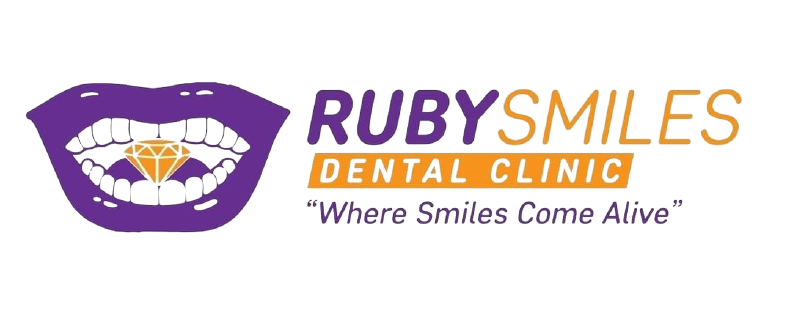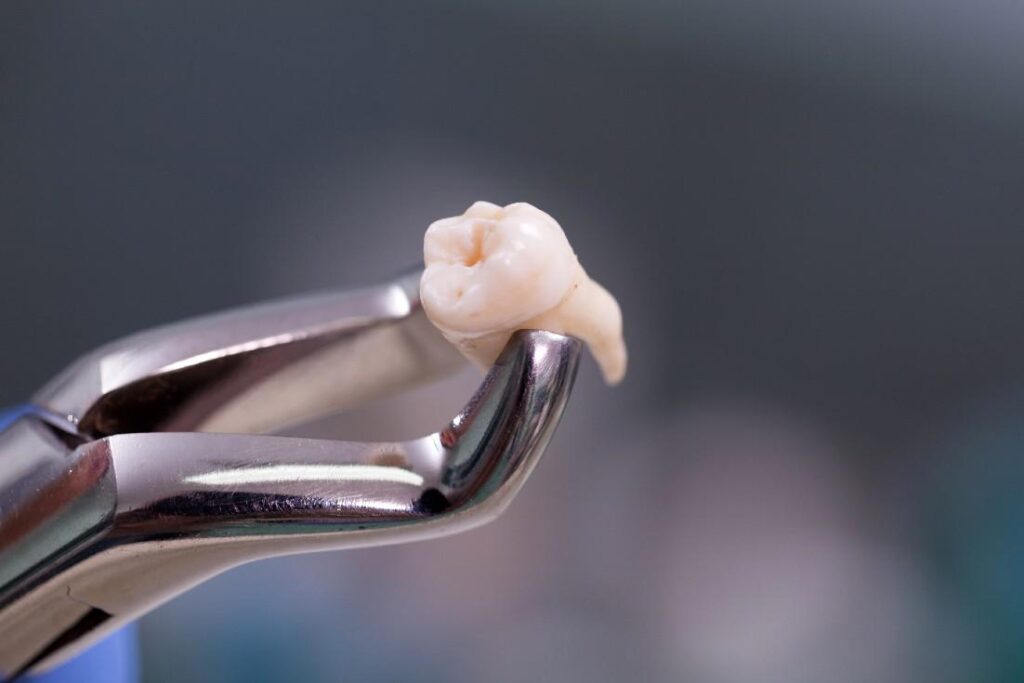Taking care of an extraction tooth
According to Health Advances in Dental Science, tooth extraction is not the only option for treating an infected tooth. We at Ruby Smiles Dental Clinic facilitate consultation to ensure that a proper treatment plan is in place.
Healing and preventing infection requires proper tooth extraction wound care. Here are some general guidelines to follow:
-
Follow your dentist’s instructions: Your dentist or oral surgeon will provide specific instructions for caring for your extraction wound. Follow their advice closely, as they understand your specific case.
-
Control bleeding: After the extraction, your dentist will place a gauze pad over the socket and ask you to bite down on it firmly for about 30 minutes to control bleeding. If bleeding continues, replace the gauze pad with another one and bite down for 30 minutes. Contact your dentist if bleeding persists beyond a few hours or is excessive.
-
Avoid touching the wound: Refrain from touching the wound with your fingers or tongue to prevent bacteria from entering the extraction site.
-
Keep the area clean: Gently rinse your mouth with a warm saltwater solution (made by dissolving half a teaspoon of salt in 8 ounces of warm water) after 24 hours, following your dentist’s instructions. This helps keep the area clean and promotes healing. Be careful not to rinse too vigorously, as it may dislodge the blood clot.
-
Be cautious when brushing: Brush your teeth gently and avoid the extraction site for 24 hours. Afterward, you can carefully brush around the area, being cautious not to disturb the blood clot.
-
Avoid spitting or rinsing forcefully: Avoid spitting or rinsing forcefully for at least 24 hours, as this may dislodge the blood clot and impede healing.
-
Avoid smoking and drinking through a straw: Smoking and using a straw creates suction in the mouth, which can dislodge blood clots and delay healing. Refrain from these activities for at least 72 hours after the extraction.
-
Take prescribed medications: If your dentist or oral surgeon prescribes antibiotics or pain relievers, take them as directed.
-
Apply cold compresses: To reduce swelling, you can apply a cold compress or ice pack to the outside of your cheek for 10-15 minutes at a time. Use a cloth or towel to protect your skin from direct contact with ice.
-
Eat soft foods: Stick to soft, nutritious foods for the first few days following extraction. Avoid hot, spicy, and crunchy foods that can irritate the wound or get stuck in the socket.
-
Stay hydrated: Drink plenty of fluids, but avoid using straws as mentioned earlier.
-
Monitor for signs of infection: Keep an eye out for symptoms like severe pain, increasing swelling, excessive bleeding, pus, or a foul odor from the wound. If you notice any of these signs, contact your dentist promptly.
It is possible for an infection to develop two days after an extraction. For some people, it may take up to four weeks before they begin to experience symptoms of infection. The symptoms are swelling around the socket, pain from the tooth extraction wound to the ear, visible bone, and an unpleasant odor coming from your mouth. If you experience these symptoms, it is best to schedule an appointment with your dentist as soon as possible.
Fin
Remember, these guidelines are general and may vary depending on your specific case. It’s crucial to follow your dentist or oral surgeon’s instructions for optimal healing and recovery. If you would like to book an appointment for a better treatment plan, please call 0748877562

